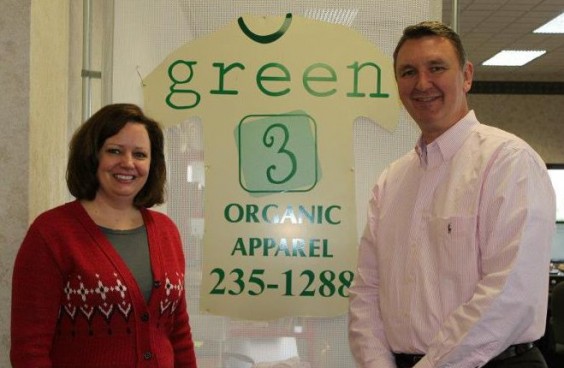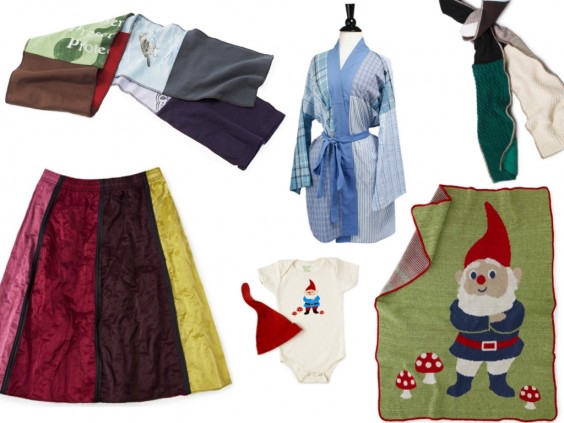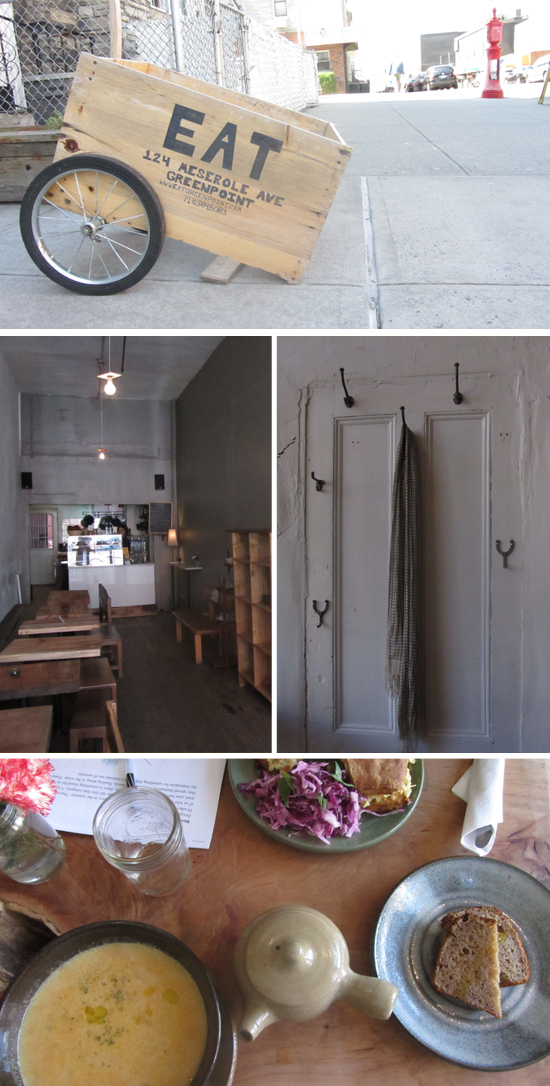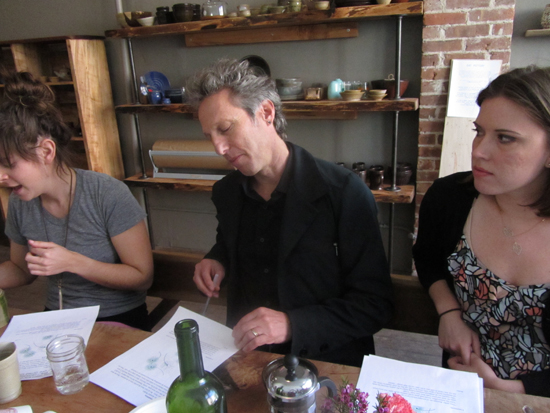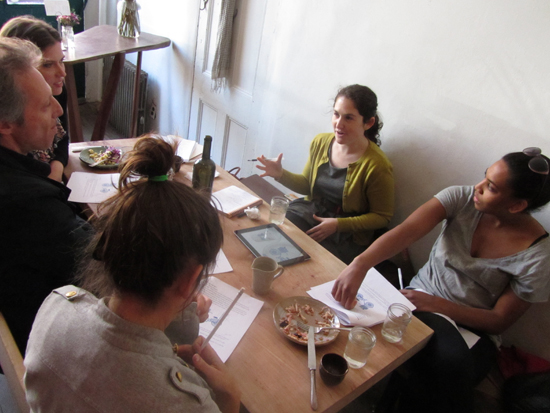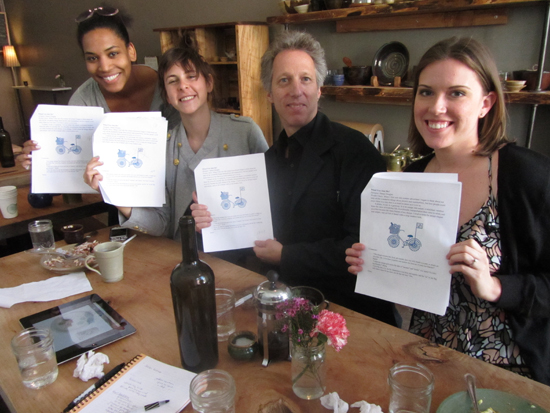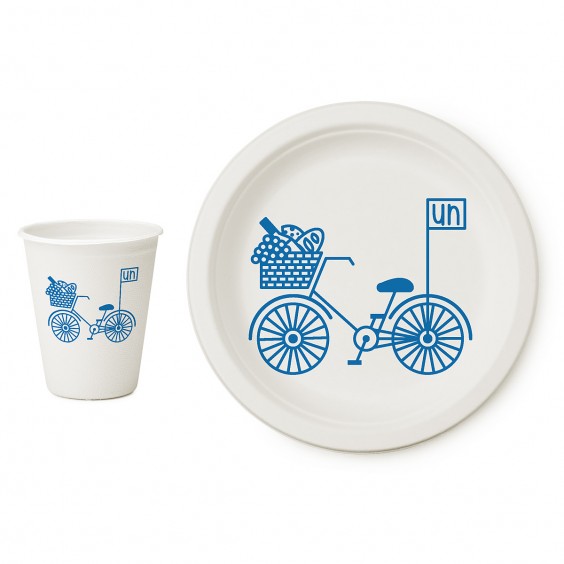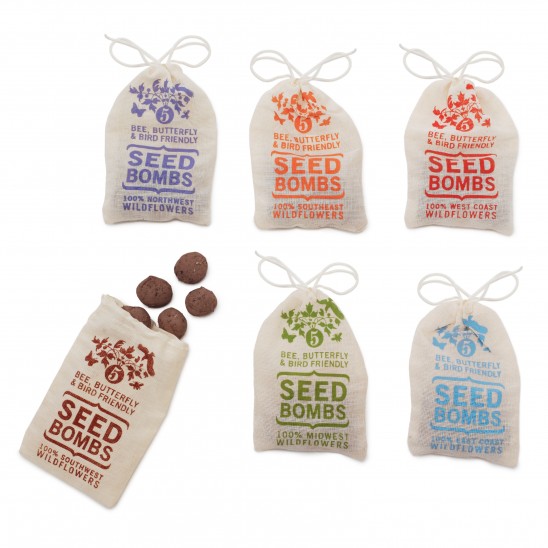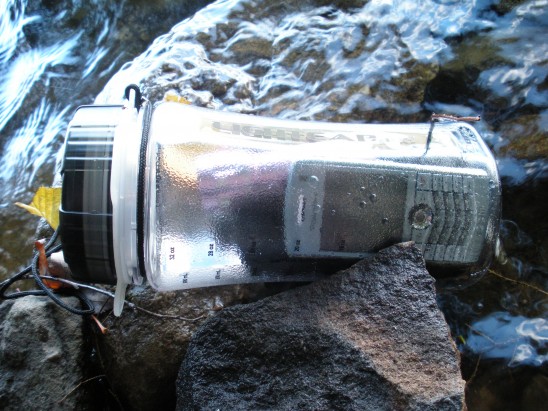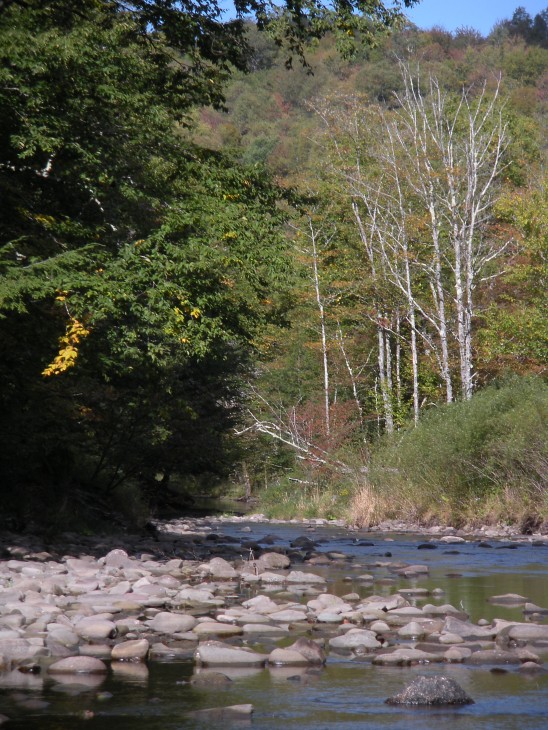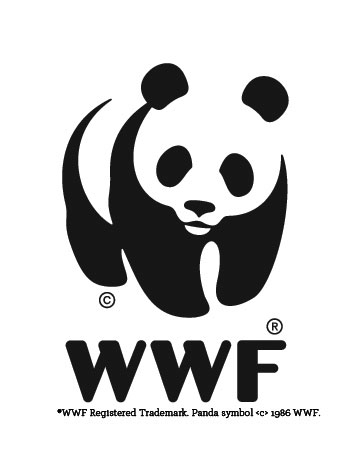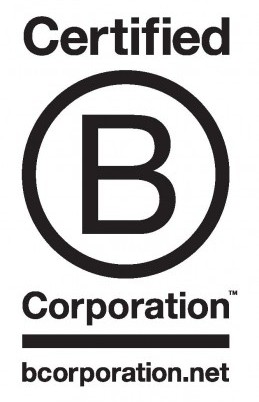
When you think UncommonGoods you probably think unique, creatively designed and, well, uncommon products. Perhaps UncommonGoods is even your go-to place for gifts for those hard-to-buy-for family and friends and maybe even the place to gift yourself (don’t we all do that occasionally).
What you may not know is that UncommonGoods is voluntarily meeting higher standards of social and environmental performance through the B Corporation certification. The B Impact Assessment, conducted by the non-profit organization B Lab, aims to look beyond the marketing efforts of a company to assess the true impact of a business on their workers, community, and the environment.
Earlier this year, I led the effort to recertify UncommonGoods as a B Corporation, working with cross-departmental team members to assess how we’re doing. A founding member of B Corp, we’ve now reached our third term and our score of 91.3 shows that we are committed to upholding a higher standard when it comes to our stakeholders, including the environment, our employees, and the community.
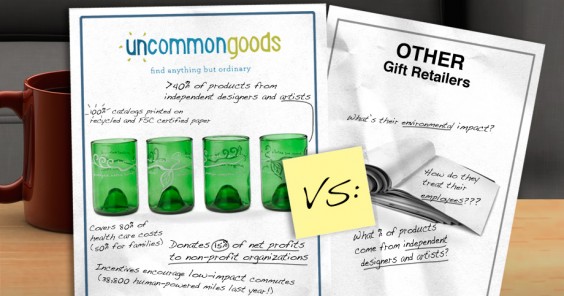
Our founder David Bolotsky has been making a continuous and strong effort in running a sustainable business ever since the company was founded in 1999. We are passionate about changing the way business is conducted by making sustainability a part of every decision we make. An important focus is to have a positive impact, not only in our own work place but in the world at large. For example, some benefits available to employees are that 80% of health insurance premiums are paid by UG (50% for families), whenever feasible alternate work schedules like part-time, flex-time or telecommuting are an option, there is a health and wellness program in place, including offering fresh organic fruit in the break rooms and incentives are given to encourage low-impact commutes to and from work.
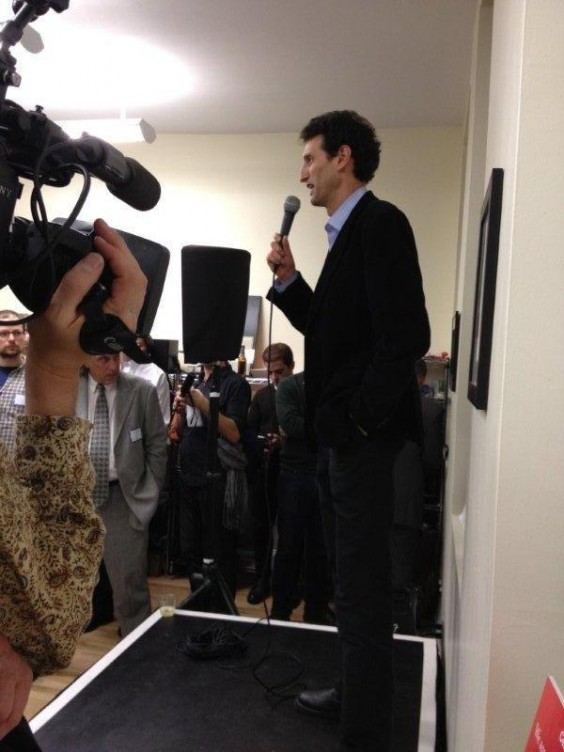
A positive impact also means offering our customers creative and exciting merchandise that is built to last and made without harm to humans and animals; giving talented artists and designers a platform to sell their unique and often handmade product on a larger scale; making truthful and substantiated claims around all our products and avoiding the pitfalls of green-washing; and making smart packaging decisions when we ship the goods out to our customers and their friends and families.
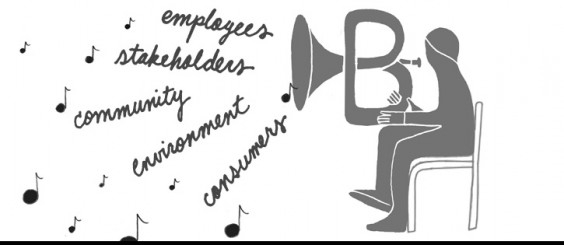
While not always an option in every product category, we prefer to work with local, sustainable, and fair trade suppliers. As a matter of fact, 14% of sales last year was generated with local and independent suppliers alone, ‘local’ meaning suppliers within a 200 mile radius. About half of our sales came from items made in the US, a little over a third from handmade products and about a fifth from products made of recycled content.

Being an internet and catalog retailer, we understand that producing a catalog uses the earth’s resources. Our goal is to minimize that impact by shifting more business online, limiting how many catalogs we mail, and continuing to print our catalogs on either recycled paper or paper sourced from FSC certified forests.
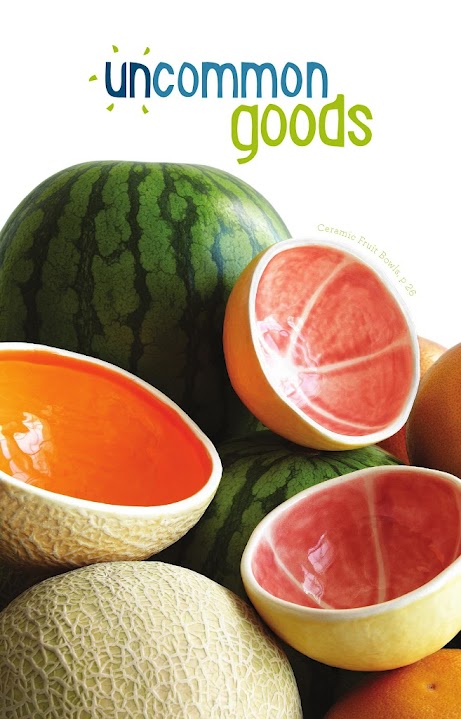
We love to give back to the environment and the community whenever we can. In 2011, we helped plant hundreds of trees (1,400 to be exact!) in Marine Bay Park as part of the MillionTreesNYC initiative. After over a year of tenacious persuasion tactics we also convinced city officials to make the landscape more appealing by planting street trees around Brooklyn Army Terminal (our offices) and we are volunteering our time and resources to help keep them in good health. I’m happy to report that so far they look quite happy!
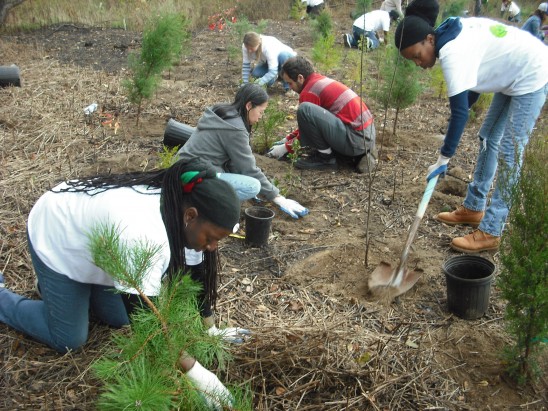
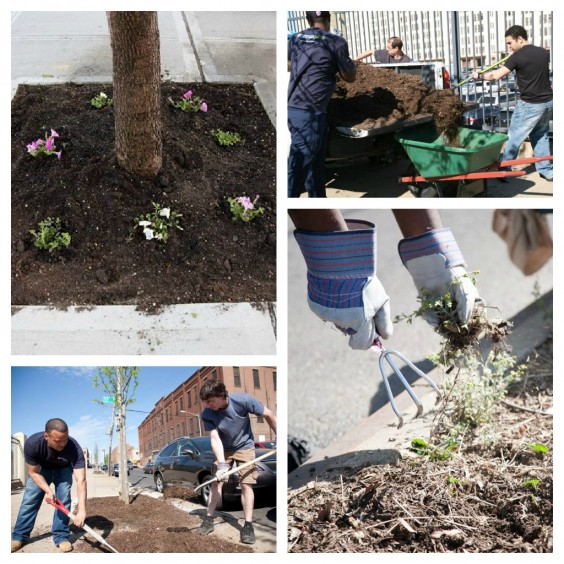
Through the Better To Give program, UncommonGoods supports the mission of local and national non-profits. The Better To Give program gives our customers the opportunity to have UncommonGoods contribute to a non-profit organization each time they shop with us. Also, a portion of the sales of our Plates with Purpose, the Be The Change Paperweight and the Pelican and Sandpiper Nightlights is donated to non-profit partners – each item listing tells our customers exactly how much is donated and which organization it’s donated to. Last year we donated about $120K through our Better To Give program as well as $75K in product donations!
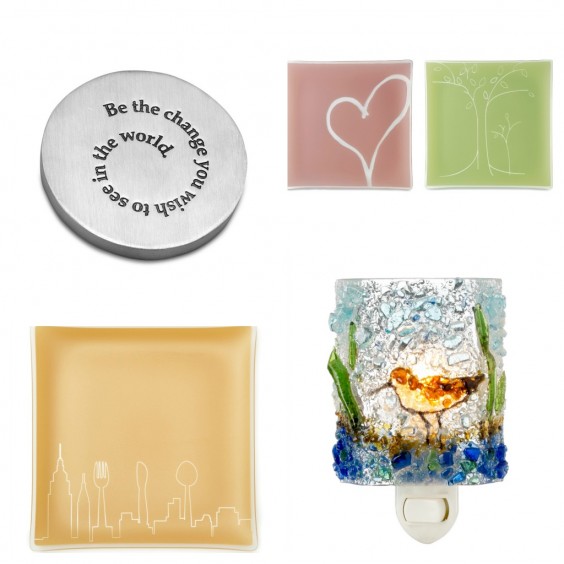
On an ongoing basis, employees from all areas of our company are given the opportunity to discuss how we can make UncommonGoods more environmentally friendly, socially responsible and an ever-more rewarding place to work. Our four company goals serve as our guiding principles to be a responsible company; these goals are to be a great place to work, to be our customer’s favorite place to shop, to have a positive impact on the outside world, and to produce strong financial results.
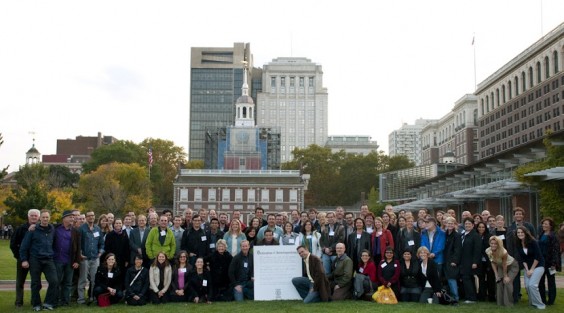
The great thing about the B Corp seal is that it certifies the company as a whole, not just an individual aspect. It gives a customer insight on how a company is doing overall, from providing a living wage, to employee wellness, to lessening the environmental impact, to giving back to the community.
Fellow B Corp BBMG conducted a study on why B Corps matter and found that 73% of consumers care about the company, not just the product, when making a purchasing decision. Another interesting finding is that less than 1% of consumers actually trust company advertisements or statements when assessing a product or company. The more consumers know about the concept behind the B Corp certification/Benefit Corporation, the more consumer-spending will be influenced by this knowledge.
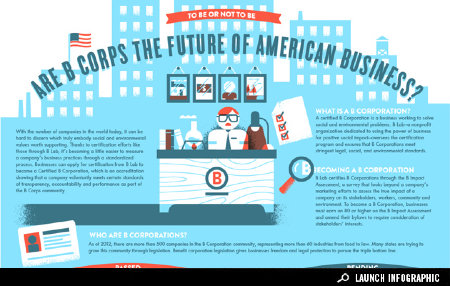
The bi-annual assessment and re-certification process is an excellent way to share our achievements with our customers and team members. More important, it helps us to set benchmarks for the social and environmental impacts of UncommonGoods and identify opportunities for future improvement.
We strive to be a driver of positive change and are convinced that collaborating with fellow B Corps and other industry leaders will have a positive impact. The certified B Corp community is made up of over 550 companies from 60 different industries and represents about $3.1 billion in revenues. It’s a large community of value-driven companies wanting to make a positive impact that are open to sharing advice and insights.
The holy grail of 100% sustainability is no small task to achieve – after all, the most sustainable product is the one that was never made – but we are very dedicated to making responsible, thought-through and well-informed decisions in everyday operations and to leading our business with integrity.

